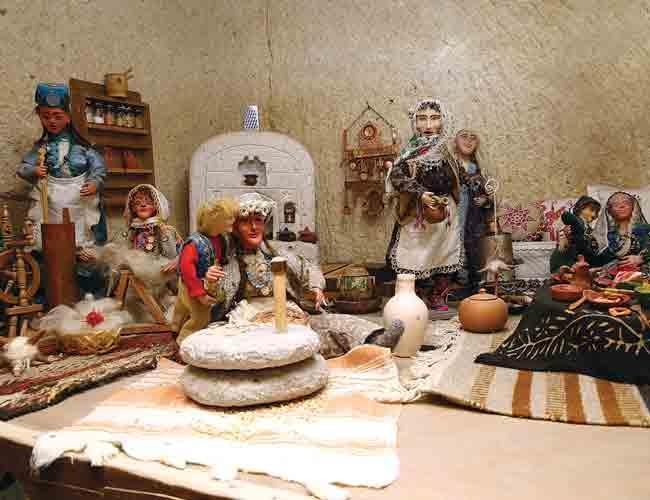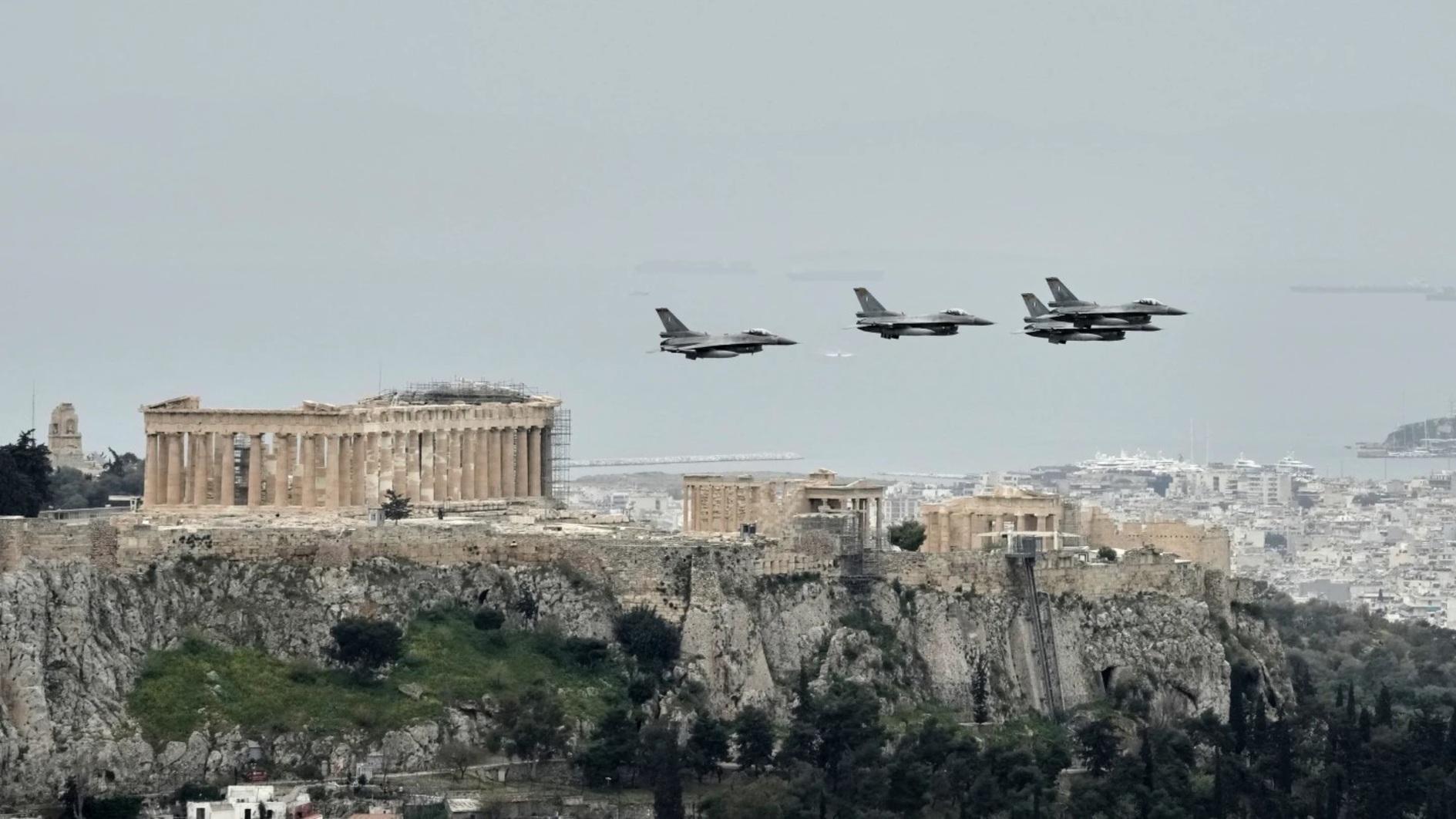Doll Museum sheds light on history
NEVŞEHİR

A museum displaying 3,000 hand-made dolls that belong to 624 themes, sheds light on history in one of the most significant spots of culture, history and nature tourism—Cappadocia.
The Cappadocia History of Art Museum, is a private museum in a 150-year-old house in the Ürgüp district’s Mustafapaşa village.
The dolls featured in the museum depict the lifestyle of Turkish people, important historical figures and various professions.
Sibel Radiye Gül, the founder of the museum, told Anadolu Agency she had begun making dolls many years ago. She opened her doll museum in 2006 to exhibit her 500 dolls because she did not want to sell them.
The positive response she had received from her initial visitors encouraged her to improve the museum, leading her to continue to make dolls that featured different themes throughout the years.
Gül said she had made the dolls using tragacanth, a gum-like material produced from the sap of a plant, cotton and wire.
“I design the dolls with the inspiration I find from miniature paintings and books. We also gain information regarding details on the dolls from experts in order to reflect the elements of a specific era. Sometimes, foreign tourists bring dolls from their countries as gifts and we display them in a special section in the museum too,” she said
Some of the different themes the dolls portray are the nomadic life of Turks in Central Asia, the evolution of the Turkish police organization since the Seljuk era, whirling dervishes, the Ottoman Janissary band, which was the military marching band, Ottoman sultans and Anatolian food culture.
“The lifestyle and stories of the region can be seen at the museum. Many historical events have been depicted with the dolls, from the Ergenekon legend all the way up to the present day. All these dolls have been specifically produced for the museum and require detailed work, from their dresses down to their shoes. Up until a few years ago, only Far Eastern tourists came to visit the museum, but local tourists have begun to show interest recently as well. Visitors examine the themes one by one and spend hours at the museum. I believe this place will become a historical research center over time. We have hosted more than 300,000 people so far,” said Gül.
The entrance fee for the museum is 15 Turkish Liras for adults and 10 liras for students.
The museum is open every day, except Mondays, between 10 a.m. and 6 p.m.
















